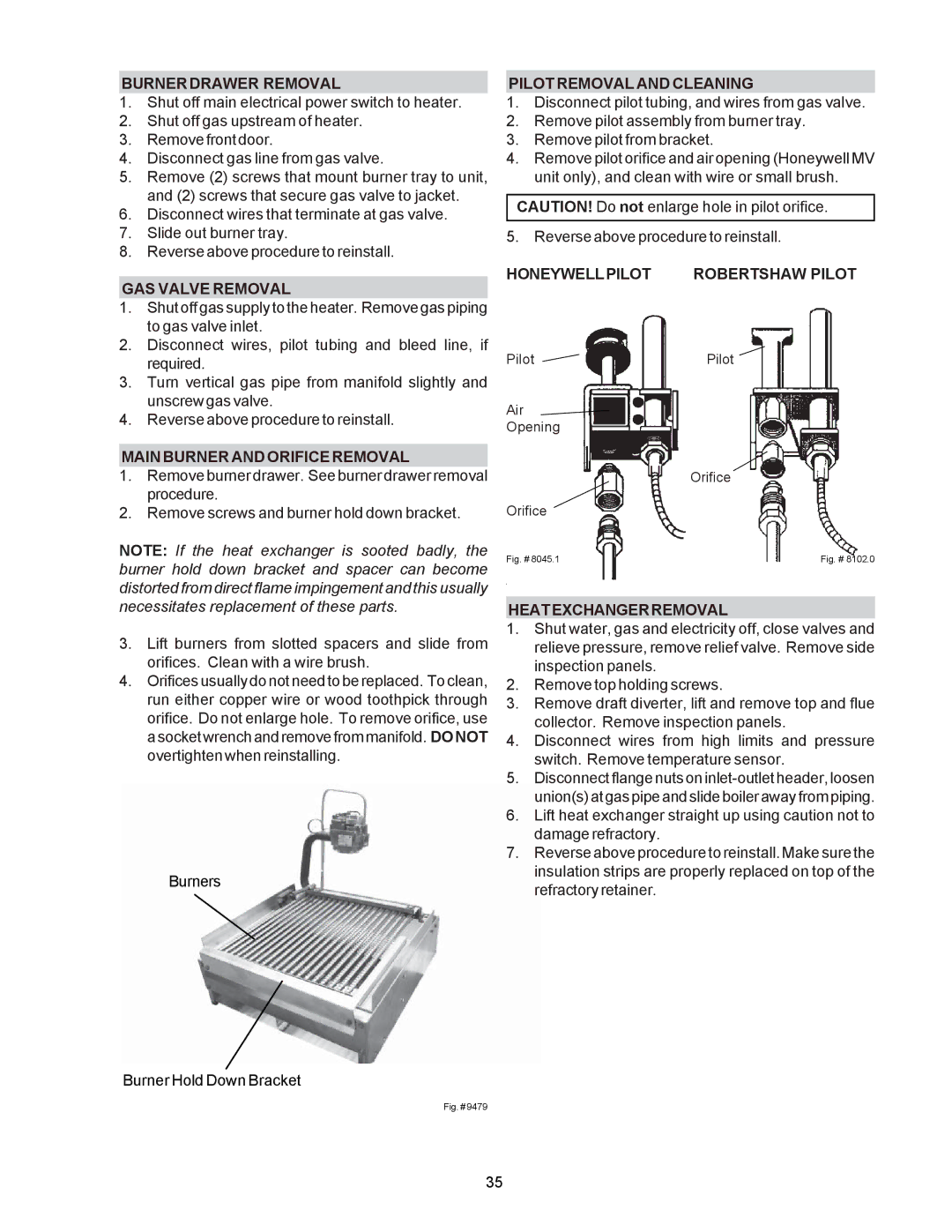P-R185B To P-R405B, C-R185B To P-R405B, P-R185BL To P-R405BL, C-R185BL To C-R405BL, RP2100 specifications
Raypak offers a comprehensive line of boilers and water heaters, notably the P-R185B to P-R405B and C-R185B to P-R405B series, along with the RP2100 model. These products are engineered for efficiency, reliability, and performance in both residential and commercial applications.The P-R185B to P-R405B series features a range of input capacities from 185,000 to 405,000 BTU/h, making them suitable for various heating requirements. The P-R series is equipped with Raypak's patented Cupro-Nickel heat exchanger, which offers superior corrosion resistance and extended life in challenging water conditions. These units also utilize a sealed combustion system, allowing for efficient operation and reduced energy consumption by drawing air from outside the building.
The C-R185B to P-R405B boilers are specifically designed for commercial applications where reliability is critical. They incorporate similar features to the standard P-R series and are built to handle higher heating demands, making them ideal for larger facilities. The C-R series models are recognized for their durable construction and advanced control systems, offering precise temperature management and enhanced performance.
In addition to these series, the P-R185BL to P-R405BL and C-R185BL to C-R405BL models feature a low-NOx design to comply with stringent environmental regulations. This means they produce lower nitrogen oxides, making them an environmentally friendly option without sacrificing performance.
The RP2100 is another standout model, known for its robust design and cutting-edge technology. It boasts a high efficiency rating and is equipped with an intuitive digital control system, allowing users to monitor and adjust settings with ease. The RP2100 also features a modulating burner system, which adjusts the flame based on the heating demand, optimizing fuel usage and minimizing operational costs.
All Raypak models are designed with safety in mind, incorporating multiple safety features like thermal shutdowns and pressure relief valves. Their compact dimensions make installation straightforward, and the low maintenance requirements ensure longevity and consistent performance.
In summary, Raypak's P-R185B to P-R405B, C-R185B to P-R405B, P-R185BL to P-R405BL, and RP2100 series represent a commitment to quality and innovation in heating solutions, providing efficient and reliable options for both residential and commercial applications.

